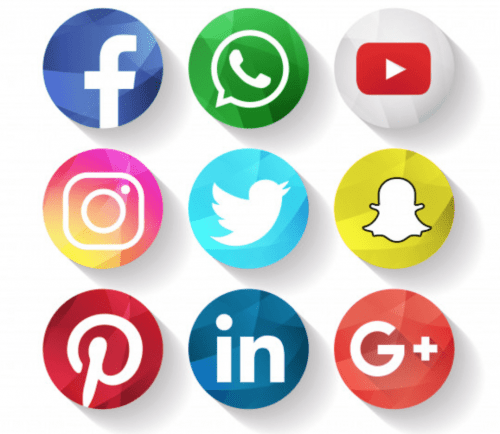By Kaitlyn Angrove, M.A in Media and Strategic Communication ’20
Social media platforms like Facebook, Twitter and Instagram have become many people’s main sources of information, connection and entertainment. Their vast user bases and the ability to post almost anything without it being censored or fact checked, gives pundits, politicians and average citizens, the feeling of invincibility. Anyone can post their opinions and “insights” about politics and governance with the chance of it being picked up and reposted by journalists, influential figures or people with large follower counts.
The State Department and Public Diplomacy Actors must now deal with a constant stream of misinformation, disinformation and the highlighting of content that is harmful to one’s agenda. Twitter appears to be a platform in which many PD people and institutions have trouble managing.
As a Media Manager, I often see people struggling with how to navigate Twitter while supporting one’s agency, reinforcing helpful narratives and dispelling harmful rhetoric. These do’s and don’ts aim to alleviate any guesswork that you may have.
- DO engage with content posted by people outside of the PD Sphere.

A retweet by the Embassy of Ireland in America.
Tasked with posting on behalf of an Embassy, Government Department or appointed official is no easy task. For many it is natural to spend time retweeting and posting “safe content,” that is posts from other verified embassy accounts, elected and appointment officials from your own government, and posts that have been preapproved by one’s communications team. This pattern makes official accounts look impersonal, cold and out of touch with how Twitter is used by the general public. By searching for specific key words or favorable hashtags, official accounts can highlight tweets that are both favorable to their communications strategies and read as authentic.
- DON’T retweet content without investigating the individual’s profile and past tweets.
Just as it is important to post and repost content that comes off as personal and is mission driven, it is imperative that you examine the account that you are reposting from and are highlight to your followers. A Twitter user could post a wonderful comment about a speech that your ambassador gave at a recent event, the impulse would be to retweet that positive account, as is. The problem with doing so is that you must be 100% confident that the all the other public tweets from this user are appropriate and would not bring damage or embarrassment if found. A solution is to take a screenshot of the tweet, blur out the username and then repost the image with your comment. This can protect the privacy of the tweeter who might not have expected the additional attention that an official account retweeting you can bring and protects you from being connected with inappropriate or off brand tweets.

Pixelate usernames using free online tools or photoshop.
- DO strategically subtweet
The subtweet is a post that refers to a specific user, topic or tweet by another user without directly mentioning them or tagging them in the tweet. While it is most used as way to be passive aggressive or sly on twitter, the subtweet can have another function for those in public diplomacy. There are times when an embassy, ambassador or government official wants to reply to a tweet directly to correct information or retort the narrative that another user is giving for a series of events. The problem with replying or reposting the tweet with the user information blocked out, is that you then give credence to a narrative or idea that you are trying to disprove! Instead of drawing attention to it, craft a tweet that supports your narrative and incorporates news values i.e. topics that lead to more digital impressions.
- DON’T use official accounts to promote political messages that harm the work of PD actors in the field.

This tweet produced by the official Department of State twitter might play well to an American base, specifically conservatives, but does not take into account preexisting narratives that Muslim Americans and Muslims around the globe may hold. By using the phrase “Islamic Revolution” the state department is suggesting that Islam is the reason behind Iran’s human rights abuses, instead of acknowledging that terror is done around the world in the name of Christianity, Islam, Hinduism, Judaism, etc. An interpretation of Islam that is counter to what millions of Muslims practice around the globe is the reality in Iran. This tweet reinforces the narrative that western governments see Islam as an inherent problem, one that needs to be solved and that its followers need to be freed from.
Here’s what the State Department could have tweeted:
41 years ago, saw a regime change in Iran that has resulted in great harm to many of its people. We will continue to support Iranian Americans and Iranians as a whole as they work towards a government that is more reflective of its people and of democratic values.
While there are dozens more tips that I could share, I will leave you with one last thought.
When tweeting, focus on amplifying messages which support your goals without giving undue credence to those that don’t.
> The author has also written on Strategic Narratives involving Canada and Saudi Arabia. .
The opinions expressed in this blog are those of the author. They do not express the views of the Institute for Public Diplomacy and Global Communication or the George Washington University.

